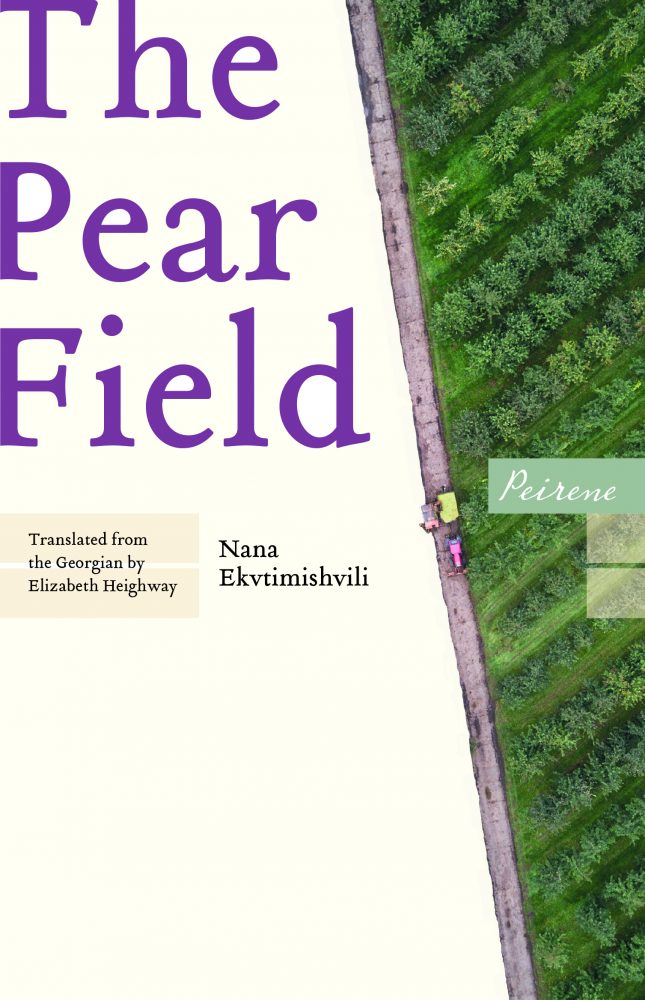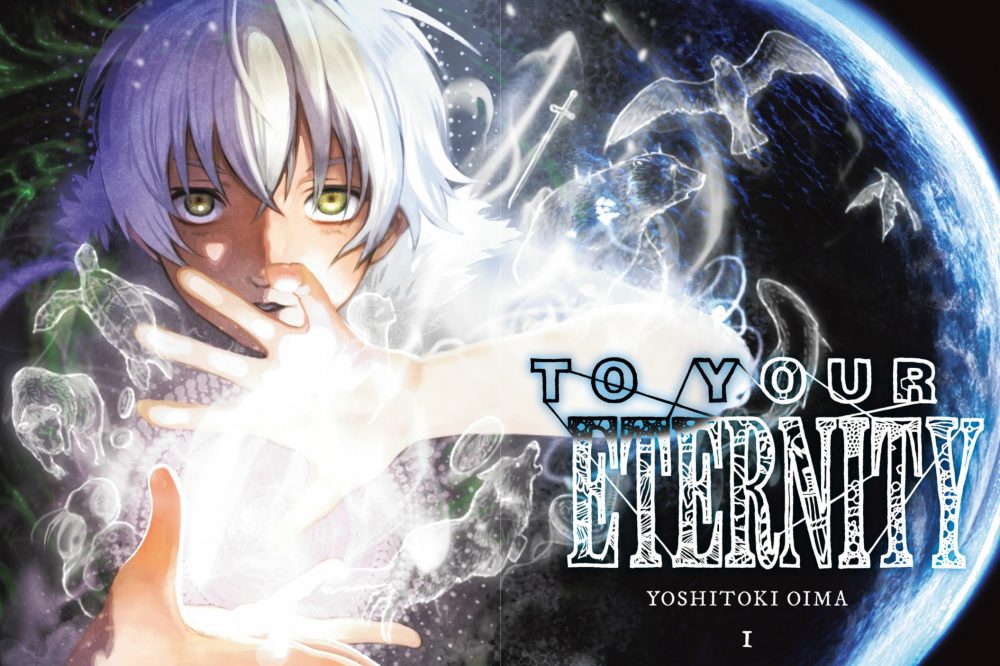Translated from the Georgian by Elizabeth Heighway
The Pear Field is a novel of juxtapositions. It is full of tragedy, but written with a calm joviality. It has a gothic tone but is populated by lovable characters, rather than ones you love to hate. It shocks and frightens you at one turn while filling you with hope and laughter at another. It is as changeable as its characters and the lives they lead.
Written by award-winning Georgian film director Nana Ekvtimishvili, The Pear Field is a debut novel full of intimacy and grief. The translation by Elizabeth Heighway provides as many paradoxes as the novel itself does, playing with rhythm and flow in ways that leave the reader feeling like they’ve suffered whiplash.

Set at the edge of Georgia’s capital city, The Pear Field tells the story of Lela, an eighteen-year-old girl who has had to grow up far too quickly. With little-to-no knowledge of her origins, Lela has spent her life so far at Tbilisi’s Residential School for Intellectually Disabled Children.
As Lela points out, however, this school is as much a place for parents to dump unwanted children as anything else. Half of the children at the school do require educational support, while the other half are simply ordinary cast-offs. Those who escape and go on to live any kind of success at all, Lela refers to them as the Heroes of Kerch Street.
Having seen so much pain and lived with so much frustration, disappointment, and helplessness, Lela has a responsibility to do right by the younger ones. Though she is eighteen, she has remained at the school in a big sister capacity. Soon enough, she latches herself onto a boy named Irakli.
Irakli has been abandoned by his mother, though he doesn’t understand this. To make matters worse, whenever he calls her, his mother picks up the phone and lies to him. She is always searching for work, waiting to get paid, trying to get back to him. Lela, of course, sees through it, and it eats her up to see this boy continue to have hope.
When a woman visits the school on behalf of an American couple looking to adopt a child, Lela puts Irakli in her path, refusing to stop until she has pulled enough levers to alter his route and put Irakli on the road to a better life.
The Pear Field is a novel of nine chapters which can be roughly divided into three acts of three chapters apiece. In the first act, we come to know Lela and the school. We see her unpleasant and pitiable sexual growth, her hardened skin, her scrappy survivalist mentality. In the second act, we see her fight for Irakli. Finally, in act three, the story juggles Irakli’s path forward with Lela’s own hunt for vengeance.
As the blurb says, Lela has vowed to kill her history teacher, and this isn’t some hollow promise. It’s a thematic and narrative driving force in The Pear Field, and one which clashes with her good nature more and more as the novel progresses.
Lela herself is an infinitely lovable protagonist. A survivor of trauma and tragedy, most of which is still not over, she is a character to feel great sorrow and sympathy for. But her gritted-teeth positivity prevents us from ever viewing her as a victim.
Lela is someone to respect and admire far more than she is someone to pity. She blends stoicism with pain and hope. She is a case study for taking rotten lemons and making halfway-decent lemonade.
Where the sorrow of the novel really comes in is with Irakli. As Lela watches his hopeful flame flicker, so do we, but we all also see his mother’s lies and we instinctively want to cry for him. Unlike we helpless readers, however, Lela is going to do something for Irakli. She’s going to save him.
The Pear Field has a claustrophobic gothic setting without the trappings. While it should feel akin to Rebecca or Wuthering Heights with its high walls, small setting, hateful villains, and narrow focus, that juxtaposition of hopeful, funny characters blows away the gothic fog and reveals a much calmer, more entertaining ride.
Even as tragedy strikes and blood is drawn, there is still this sense that things will turn out all right. But the gothic touch is there in the shape of a sword hanging over everything. At any moment, things could go wrong; the glass will shatter, and everyone’s hopes along with it.
Conclusion
The Pear Field is a flawless novel that moves forward so effortlessly on the strength of its characters, especially the lovable, hopeful, angry Lela. A tortured, doomed hero, she is a light that guides us through the trauma and tragedy of this novel.
Blending gothic settings, themes, and tone with a grounded, earthy sense of realism, The Pear Field has bite. But it also knows when to crack a joke. It shows us how unwavering the mind of a child can be, for good and for ill. It gives us hope, snatches it away, then offers it once more, promising that it won’t be cruel this time.



